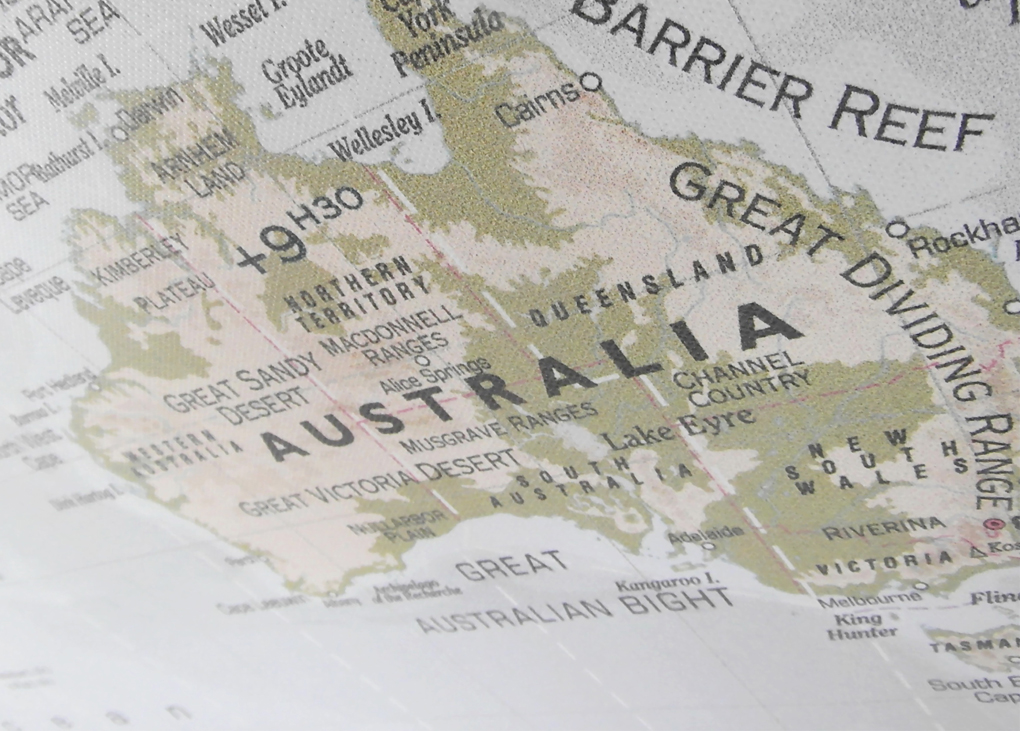HVAC&R technicians could find it easier to do business across state and territory borders as part of a new government plan for automatic recognition.
The proposal, announced by Treasurer Josh Frydenberg, will cover trades such as HVAC&R technicians, electricians and plumbers, as well as a raft of other licensed occupations such as teachers and property agents. The reforms have been agreed to by federal, state and territory treasurers, and a framework will now be developed by the Council on Federal Financial Relations (CFFR).
Although mutual recognition already exists for some occupations and jurisdictions, workers need to apply for recognition in another state or territory, pay fees and sometimes meet extra requirements. The “red-tape reduction” reforms will allow individuals who hold an occupational licence in one Australian jurisdiction to undertake equivalent work in another jurisdiction under the same licence.
“The current mutual recognition regime for licensed occupations across Australia is complex, costly, and imposes an excessive regulatory burden on businesses that operate across jurisdictions,” says the government. “Currently, there are over 800 different licences in manual trades alone, with around 20 per cent of workers in the economy required to be licensed.
“Automatic recognition will help to address impediments to labour mobility across jurisdictions by allowing a person who is licensed or registered in one jurisdiction to be already considered registered in another in an equivalent occupation.
“A uniform scheme will make it easier and less expensive for businesses, professionals and workers to move or operate within jurisdictions and across Australia, thereby creating jobs, increasing output, competition and innovation, and resulting in lower prices for consumers and businesses.
“It is vital to ensuring Australians, including displaced workers, can take up new job opportunities wherever they arise as the economy recovers and restrictions on movement are eased from COVID-19.”
The government hopes to have the scheme up and running by January 1, 2021, subject to legislation being established in states and territories. CFFR will report back to National Cabinet in October 2020 on its progress.



Leave a Reply